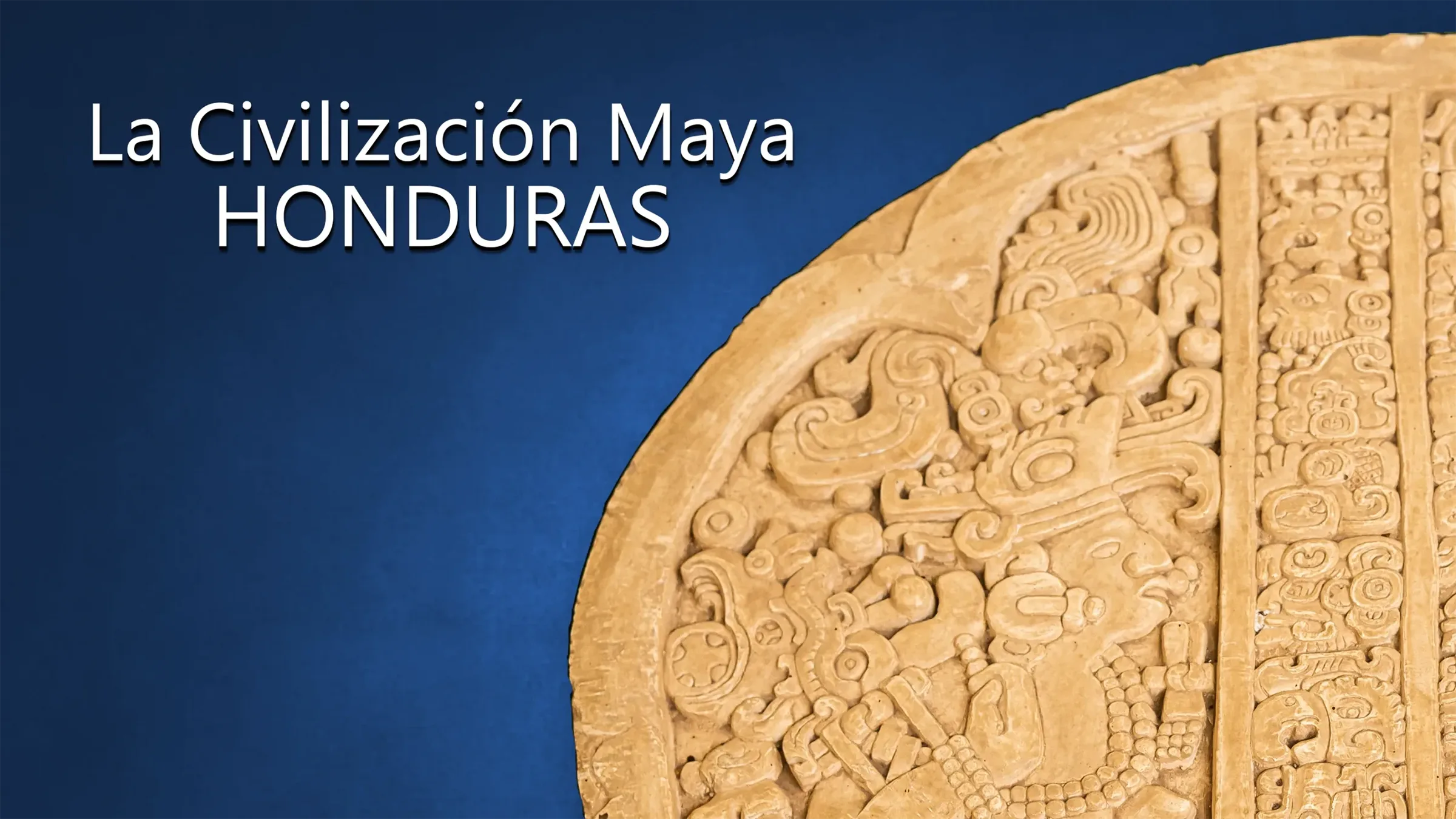The Mayan Civilization

The Maya Civilization was the only pre-Hispanic civilization to have a perfect writing system and such a precise calendar that it could predict both solar and lunar eclipses and study the movements of Venus and Saturn.
They were the first in the Americas to use the concept of zero in their mathematical calculations. During their heyday, from 300 to 900 AD, their domains encompassed hundreds of cities, leaving impressive archaeological sites as a glorious testament to their past.
The Maya Civilization inhabited a large part of the region known as Mesoamerica, in the present-day territories of Guatemala, Belize, Honduras, El Salvador, and the five southeastern states of Mexico: Campeche, Chiapas, Quintana Roo, Tabasco, and Yucatan, with a history of approximately 3,000 years.
Background and History
During that long time, hundreds of dialects were spoken in that territory, resulting in about 44 different Maya languages today. To talk about the «ancient Maya» is to refer to the history of one of the most important pre-Columbian Mesoamerican cultures, as their scientific and astronomical legacy is recognized worldwide. Contrary to a widely held belief, the Maya civilization never «disappeared.» At least not entirely, as their descendants still live in the region, and many of them speak one of the languages of the Mayan family.
Maya Society
Maya literature illustrates the life of this culture. Works such as the Rabinal Achí, the Popol Vuh, and the various books of the Chilam Balam are examples of this. What was destroyed with the conquest was the model of civilization that had generated three millennia of history until the arrival of the first Spaniards.
The Spanish conquest of the Maya peoples was not complete until 1697, with the capture of Tayasal, the capital of the Itza Maya, and Zacpetén, the capital of the Ko’woj Maya, in the Petén (present-day Guatemala). The last Maya state disappeared when the Mexican government under Porfirio Díaz occupied their capital, Chan Santa Cruz, in 1901, thus ending the so-called Caste War.
Structure of Maya Civilization
- Social Organization
- Political Organization – Government
- Religious Organization
- Economic Organization
- Major Maya Peoples or Nations
- Cultural Manifestations
- Worldview
- Rituals
- The Ballgame
- Feather, Ceramic, and Sculpture Art
- Writing System
- Literature, Music, and Painting in Maya Culture
- Mathematics
- Decline of Maya Culture
- Famous Figures among the Maya
The Maya built impressive and grand constructions, starting from the Middle Preclassic period with large cities such as Nakbé, El Mirador, San Bartolo, Cival, located in the Mirador Basin in northern Petén. During the Preclassic period, there were well-known cities such as Tikal, Quiriguá (both declared World Heritage Sites by UNESCO in 1979 and 1981 respectively), Palenque, Copán, Río Azul, Calakmul, Comalcalco (constructed with fired bricks), as well as Ceibal, Cancuén, Machaquilá, Dos Pilas, Uaxactún, Altún Ha, Piedras Negras, and many other sites in the region. It can be classified as an empire, but it is not known whether they imposed their culture during colonization or if it was a result of their organization into independent city-states based on agriculture and trade.
The most notable monuments are the pyramids they constructed in their religious centers, alongside the palaces of their rulers (government sites and noble residences). The largest pyramid discovered so far is the one in Cancuén, in the southern Petén, many of whose structures were decorated with murals and stucco ornaments.
Other important archaeological remains include the carved stone slabs usually called stelae (known as tetún in Maya, meaning ‘three stones’), which depict rulers’ effigies along with logographic texts describing their genealogies, enthronements, military victories, and other achievements. Maya pottery is considered one of the most varied, refined, and elaborate in the ancient world.
The Maya engaged in long-distance trade in Mesoamerica and possibly beyond. Trade goods included jade, cacao, maize, salt, and obsidian.
- Maya Textiles
- The Maya World Today
- Honduras in the Maya World
- The Chortís, Direct Descendants of the Maya
- Wisdom and Power of the Maya Rulers



